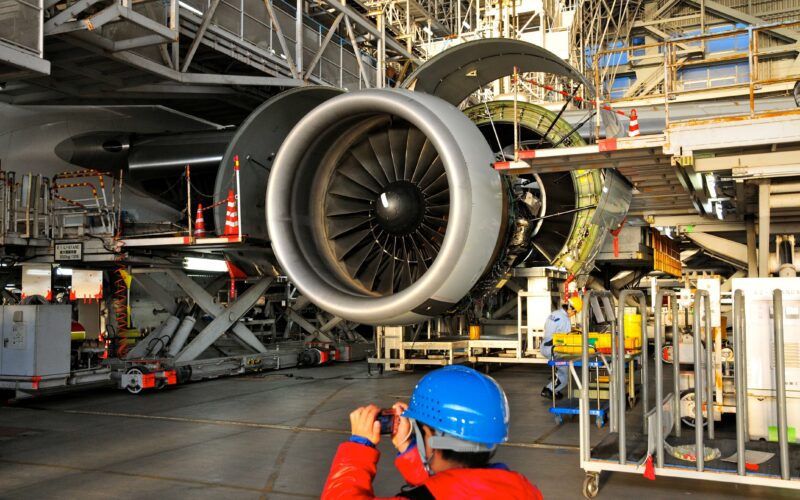The US Federal Aviation Administration (FAA) issued an emergency airworthiness directive (AD) requiring owners and operators of the Pratt & Whitney PW4000-112 engines powering the Boeing 777 to immediately perform a thermal acoustic image inspection before any further flight.
The purpose of this inspection is to identify cracks in certain first-stage low-pressure compressor blades and to remove the blades that fail inspection. The AD follows the engine failure of a United Airlines Boeing 777-200 over Denver, on February 20, 2021.
“Based on the initial results as we receive them, as well as other data gained from the ongoing investigation, the FAA may revise this directive to set a new interval for this inspection or subsequent ones,” the FAA said in a statement.
The US National Transportation Safety Board (NTSB) said in a briefing on February 22, 2021, that the damage to one of the blades on the Pratt & Whitney engine that failed appeared consistent with metallic wear.
After the engine failure of another United Airlines Boeing 777 on February 13, 2018, the NTSB had highlighted the absence of a thermal acoustic imaging process defined by Pratt & Whitney, resulting in a lack of training for inspectors to identify the fracture of the hollow core PW4000 fan blades. So far, the NTSB is unable to determine if the incident on February 20, 2021, is related.
Boeing demanded that all 69 in-service and 59 in-storage 777s powered by Pratt & Whitney 4000-112 engines be grounded. In addition to the United States, Japan, South Korea, and the United Kingdom also prohibited the concerned aircraft from operating. The Japanese transport ministry said an engine of the same PW4000 family suffered problems on a domestic flight of a Japan Airlines (JAL) Boeing 777 on December 4, 2020.

